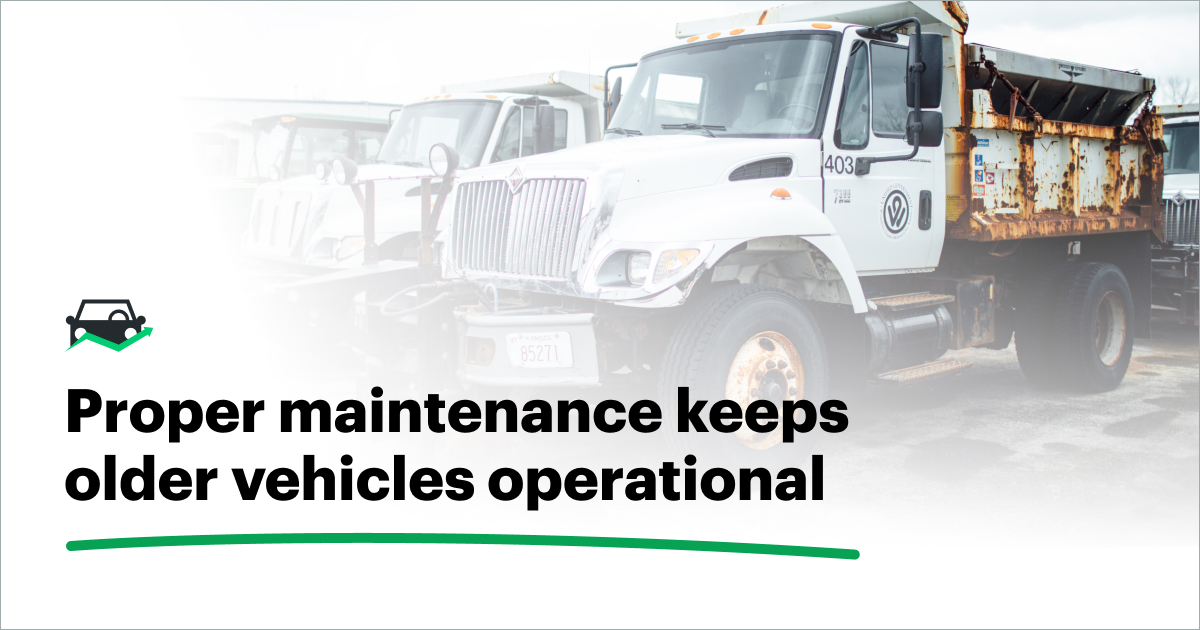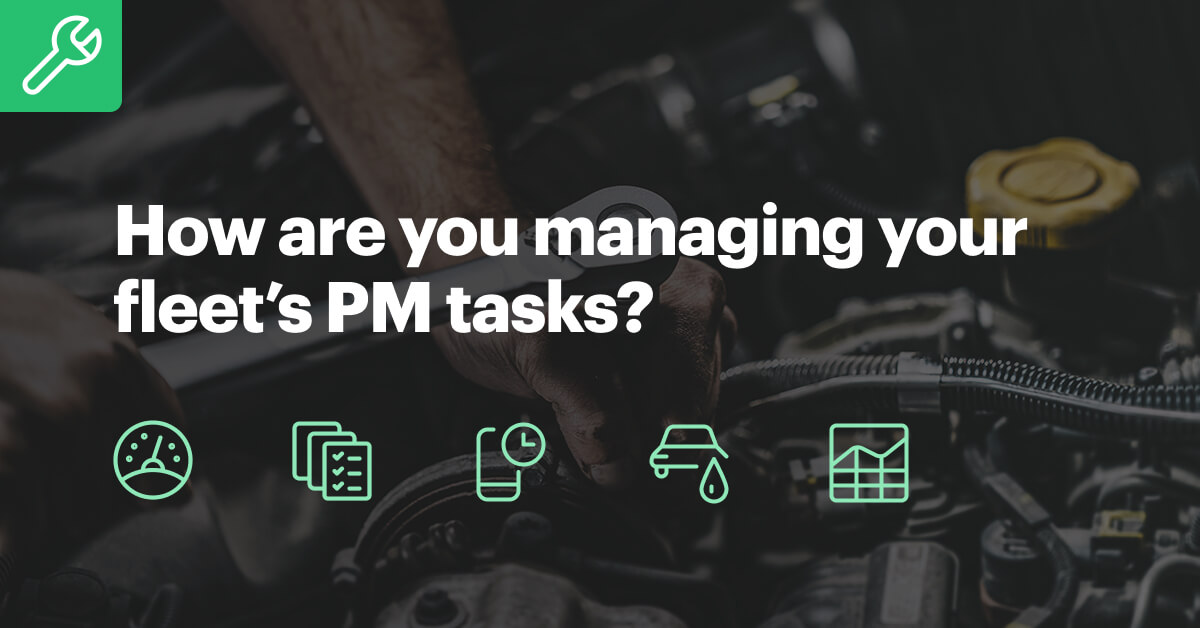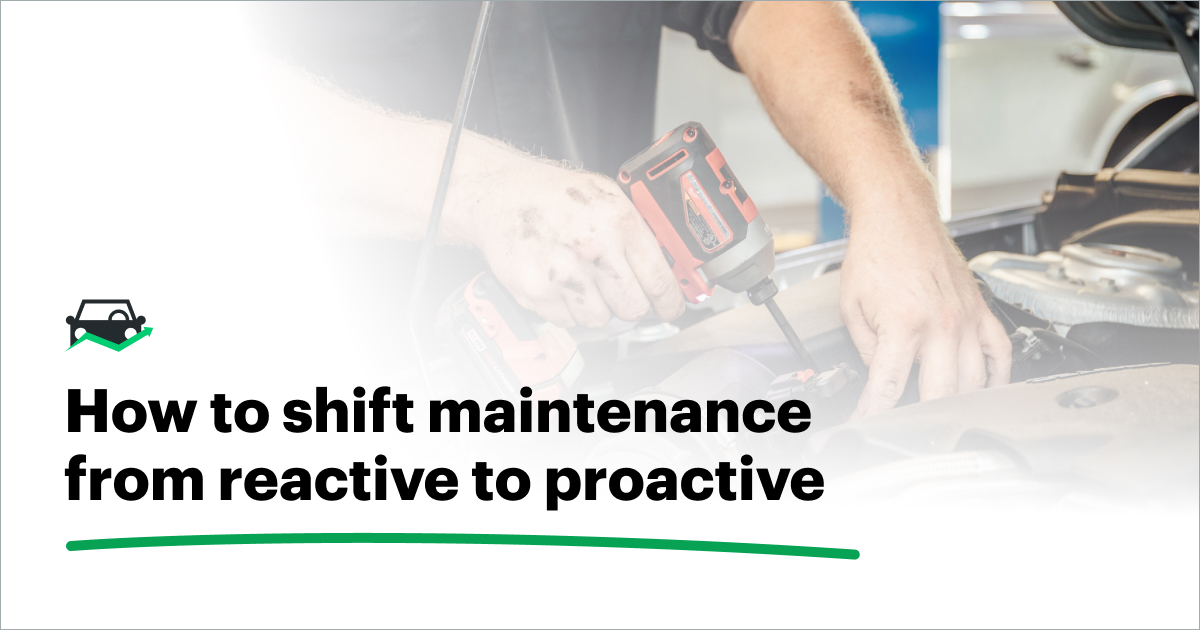With new vehicles in short supply, fleets have been holding onto their aging assets for much longer than usual. To keep their older vehicles operational and cost-effective, it’s never been more important for fleets to stay on top of their maintenance work.

While many aspects of life have returned to pre-pandemic normality by this point, vehicle procurement continues to be a thorn in the side of fleet managers everywhere. Ongoing supply chain disruptions have caused prices to skyrocket, availability to shrink and order cancellations to become commonplace. With no relief in sight, many fleets have opted to retain their vehicles longer than they ordinarily would (or prefer).
But for aging vehicles to remain in working order, it’s vital that they are properly maintained deep into their lives. Let’s explore the actions fleets must take to keep their vehicles operational (and cost-effective) for the long haul.
Keep a close eye on DVIRs
Driver vehicle inspection reports (DVIRs) act as a first line of defense safeguarding your fleet from costly breakdowns. But too often defects recorded in DVIRs go unaddressed if they are not deemed to be an issue requiring immediate service. Because even seemingly innocuous flaws can lead to serious equipment failures in the future, fleets would be well-advised to refrain from kicking the can down the road.
Instead, fleets (especially those with aging vehicles) should closely track their DVIRs to ensure failed items are responded to in a timely manner. Fleet managers can use fleet performance monitoring software to easily track their DVIRs and observe trends.
Follow OEM guidelines for high mileage maintenance intervals
As people age, doctors advise their patients to visit them on a more frequent basis. In much the same way, original equipment manufacturers (OEMs) recommend their vehicles be serviced more regularly once a certain odometer reading has been reached. These OEM guidelines typically suggest that particular maintenance actions be conducted based on intervals of mileage (e.g. oil changes every 3,000 miles) or time (brake inspections every year).
By following these recommendations, fleets can prevent minor wear and tear from snowballing into costly breakdowns, keeping their vehicles on the road longer.
Fleet management software can make staying on top of high mileage maintenance intervals easy by automatically reminding you when service is due. Users can configure these reminders to appear based on time or vehicle meter reading-based intervals (or both).
Extend the lifespan of your assets and prevent unplanned downtime with Fleetio
Try it for freeTrack TCO to identify cost outliers
While nearly every organization tracks the cost of acquiring new vehicles, far fewer record how much they invest in maintaining their vehicles over the years. As a result, these fleets often fail to see when they’ve spent excessive amounts on a vehicle that would be better off being replaced. This lack of total cost of ownership (TCO) visibility is especially problematic when dealing with aging vehicles due to their greater maintenance needs.
Fortunately, fleets of all sizes can easily track TCO with the help of a fleet management system (FMS). One of the greatest benefits of fleet management software is their ability to capture every expense associated with a vehicle (e.g. fuel, insurance, maintenance, etc.) and report TCO in real-time. This intelligence enables fleet managers to make more informed decisions regarding vehicle utilization and replacement policies.
Assign assets based on their CPM
While there are many metrics fleet managers should be cognizant of, cost per mile (CPM) stands out as one of the most useful. Derived from dividing a vehicle’s TCO by the number of miles it has traveled, calculating a vehicle’s CPM can help fleet managers better understand the expenses associated with completing a particular job with that specific vehicle. With that knowledge, fleet managers can improve their fleet’s profitability by assigning assets based on their CPM.
For instance, if a job requires considerable travel, dispatching a vehicle with a lower CPM will be more cost-effective than using a vehicle with a higher CPM. Because aging vehicles are more likely to have a higher CPM, fleet managers can use this CPM-based approach to assign them to jobs closer to where they are stored.
The right software can make fleet asset management a breeze by consolidating all information related to your assets into a single source of truth. From logging assignment histories to storing documents and surfacing critical fleet utilization metrics, digitizing your asset management approach can dramatically enhance the efficiency of your operations.
Looking to make the most of your aging vehicles? Explore how Fleetio can help you accomplish that by starting a free trial or requesting a demo.




